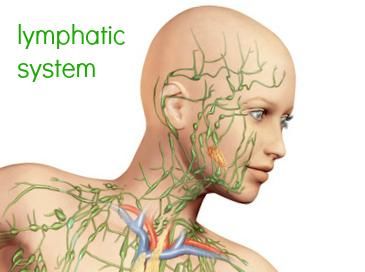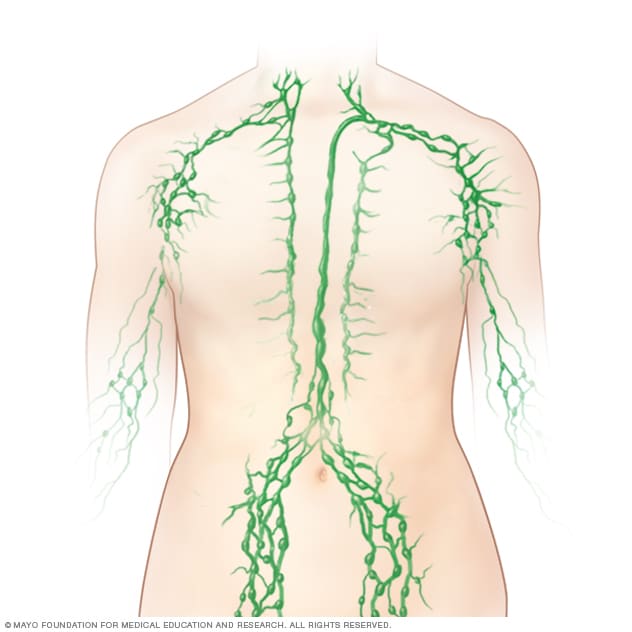
The lymph nodes are small glands found throughout the body. You can feel them enlargement in the armpits, groin, and neck. They are also found in the pelvis, over the occiput, and under the jaw. However, you may not be able to feel them in the chest and pelvis. Therefore, a diagnosis of enlarged lymph nodes should be made by a physician.
There are two types of enlargement: generalized and localized. Generalized lymphadenopathy is more common than localized lymphadenopathy and can be caused by a variety of other conditions. The nodes are important because they store white blood cells, the first line of defense against infection. So, while an enlargement of these glands can be a sign of infection, you should still consult a doctor if you’re experiencing any enlargement.
If you have enlarged lymph nodes, you should see a doctor right away. Although the nodes themselves are small, they can be hard to detect, and they can’t be seen or felt. In most cases, it’s best to have them removed if the cause is suspected. An enlarged lymph node should be checked by a physician if they are tender or if they have a rash.
When you have enlarged lymph nodes, the symptoms are often painful and can even affect your breathing. An enlarged lymph node may also obstruct a blood vessel. If the nodes obstruct a blood vessel, the node may have become compressed. A result could be a blood clot or obstruction in the superior vena cava. If you have enlarged lymph nodes, you should see a doctor as soon as possible.
Several medical specialists believe that an enlarged lymph node is a symptom of an underlying medical problem. Infections can cause a lump to appear in the armpit. An infection can lead to an enlargement of the lymph node. Generally, if the node is tender, it is a sign that your body is fighting an infection. If the lymph node is swollen, you should consult a doctor to determine the cause.

Cancer can affect the lymph nodes. If the nodes are swollen, the cancer has spread to a nearby organ or lymph nodes. If you have swollen lymph nodes, you should contact your doctor immediately as this can affect your quality of life. Your doctor will evaluate the size and shape of the lymph node and recommend appropriate treatment. During the examination, the doctor may ask you about the location of the enlarged lymph node.
Enlarged lymph nodes are tiny and difficult to see. They can only be seen and felt with the fingers. If enlarged lymph nodes are found in the neck, a biopsy should be performed. This will help determine the cause and make the correct diagnosis. In addition to lymph nodes, a doctor may also look for a weakened immune system. An enlarged nodule can lead to a variety of problems, including breathing problems, pneumonia, and gastrointestinal problems. On the site https://indexar.com.ar/
you can get more information about enlarged lymph nodes and related diseases.
The enlarged lymph nodes may cause pain and swelling and can compress a blood vessel. Symptoms of an enlarged lymph node include fever, and difficulty breathing. A doctor may recommend a biopsy. If the enlarged lymph nodes are tender or swollen, they can be cancerous. A biopsy can be necessary to rule out malignancy. This type of surgery requires the removal of the affected organ.
An enlarged lymph node can be either benign or malignant. The nodes store white blood cells, which are the body’s first line of defense against infections. A large lymph node can cause breathing problems and even compression of a blood vessel, the superior vena cava. It’s not easy to tell the difference between the two, but the nodes should be examined to confirm whether they are cancerous.
A doctor should perform a biopsy if the enlarged lymph nodes are tender. A biopsy is necessary to rule out a serious disease. If the nodes are hard, this may be a sign of cancer. Otherwise, it may be an indication of an infection. A doctor will also perform a full blood examination and perform tests for any cancer that has spread to the lymph nodes. If you suspect the nodes are swollen, a biopsy is required to determine their location and cause.

